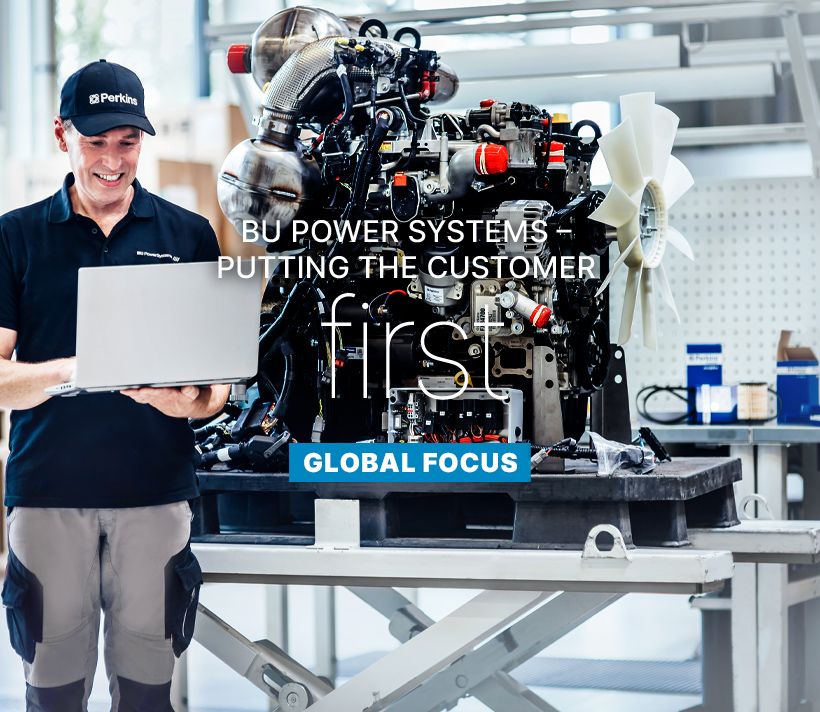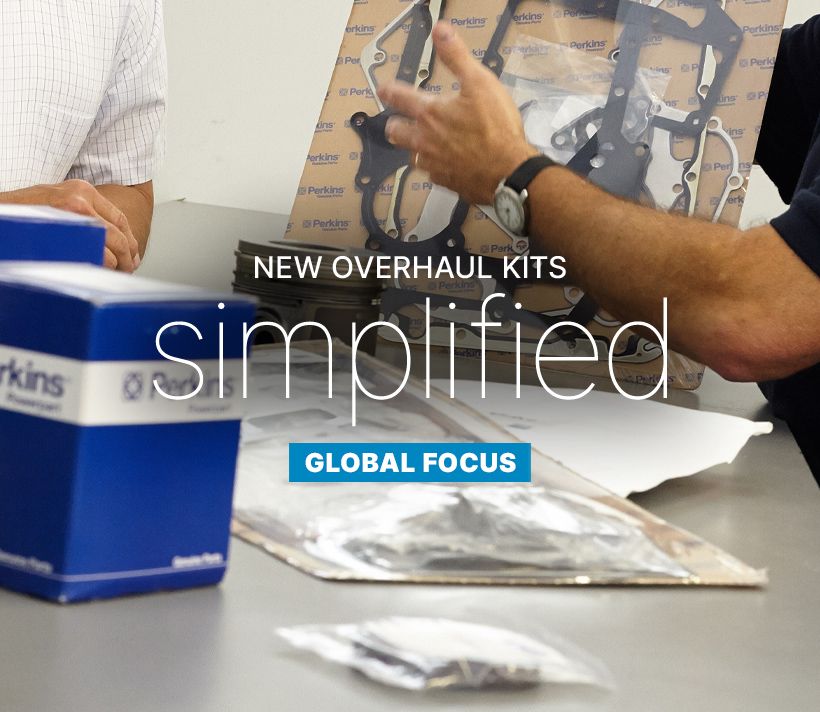Most medical diagnoses either begin with, or eventually include, analysis of a blood sample because the blood is a vital fluid that ultimately interacts with every cell in the body. Blood delivers oxygen and nutrients, removes waste, and is the pathway your immune system uses to fight disease. Precisely because it performs all those functions, it also carries indicators that give the physician insight into how well the vital systems within your body are functioning and what remedial actions may be needed.
Obviously, a human body is orders of magnitude more complex than a diesel engine, but the principle of using a fluid sample to determine how well either is functioning and determine appropriate remedial actions is applicable to both. That is why Perkins has invested in the fluid sampling technology necessary provide a critical look inside your engine to help you save money by identifying incipient issues and addressing them before they become critical or result in a failure.
Actually, your engine has three critical fluids -- oil, coolant and fuel -- that need to be sampled regularly to provide a complete picture of its health. If your engine is covered by a Perkins® Hypercare plan fluid sampling is already in place.
But, if it isn’t, Perkins is ready to handle oil, coolant and fuel sampling even if your engine isn’t a Perkins. Our team knows engines and components better than anyone and can provide a total solution even for mixed fleets.
Here’s how it works and why it’s important:
Engine oil is in contact with virtually all the critical components inside your engine, including cylinder liners, piston rings, piston skirts, rod and main bearings, crankshaft and camshaft, plus the turbocharger shaft and bearings if your engine has one. As those components wear during normal use they deposit identifiable chemical elements in the oil which can be used to evaluate their condition.
Here are some examples:
A sudden increase in one or more of these elements may indicate an abnormal condition requiring immediate attention. But, probably more useful for most situations is a Trend Analysis that uses results gathered over an extended period of time, usually three to five samples, as a baseline to which a current sample is compared. For a Trend Analysis to be effective all of the samples must be collected identically and the hours the oil was used and the total number of engine hours must be accurately reported.
In addition to its diagnostic usefulness, engine oil sampling data can be used to optimise oil change intervals potentially extending them to reduce costs, or shortening them to forestall excessive engine wear.
Coolant is probably the single most overlooked fluid in most maintenance programmes, but cooling system failure is responsible for about 50 percent of all engine downtime. It may be tempting to skip coolant maintenance or recycle coolants to avoid disposal costs, but both are false economies in the long run. Coolant test results can help identify excessive wear and potential failure of water pumps and gaskets as well as more serious problems such as cracked engine castings.
Perkins standard coolant tests evaluate:
Coolant should be sampled at every oil change to make sure it has the right chemical balance to provide maximum system protection and cooling efficiency. Today’s diesel engines operate at higher temperatures and typically have smaller radiators and coolant capacities than older engines which make coolant performance even more critical.
Of the three key fluids your engine uses fuel is by far the one used in greatest quantity, yet its quality is often either assumed or actually ignored. Both can be serious mistakes because fuel quality and chemical composition are both highly variable and critical to the control of engine wear. Regular fuel analysis also plays an important role in emission control by helping identify and eliminate sources of diesel particulates.
Perkins standard fuel tests evaluate and interpret:
Perkins fluid sampling is a great way to monitor the effectiveness of your regular maintenance programme and add an extra level of protection for your equipment. It’s a key to avoiding unexpected failures and unplanned downtime while improving your productivity and profitability.
Share this story and get involved in the conversation on social media #Powernews
Powernews caught up with BUPS distributor principal, Franz Focks, to learn more about its work with customers.
Read moreAdvanced connectivity and condition monitoring marks a new era in equipment management.
Read moreJust one single part number is all that’s needed for six-cylinder Perkins® 2000 Series engine overhaul kits.
Read moreOur global network of 80 Perkins distributors have a ‘think global, act local’ approach.
Read more


